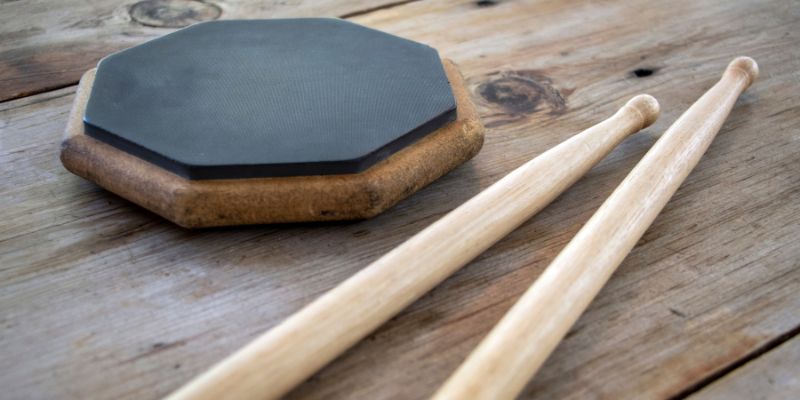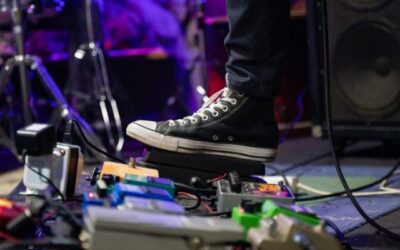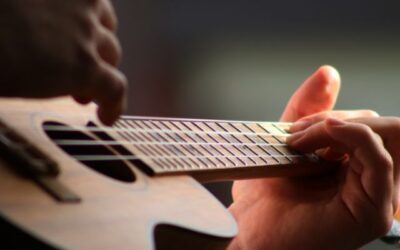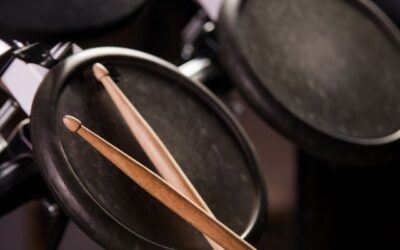Every drummer, new or old, has at some point struggled to choose practicing on a pad over playing on an actual kit. Why would you want to play on a small rubbery pad when you can be jamming out on an entire kit? Besides, it’s not like you picked up a pair of drumsticks just to be using them on a practice pad, right?
The reason why practice pads have been around for so long and are used by pretty much every famous drummer out there, is because they help you focus your skills onto a single surface without distraction. What you learn on a practice pad can easily be transferred onto an actual kit, and with enough time invested, you’ll find that the work you put into your pad has actually improved your skills on the kit. Hand speed, control and technique are all very important lessons that are often better learned on a pad than on the kit.
Let’s take a detailed look at why practice pads are such an important part of a drummer’s toolkit.
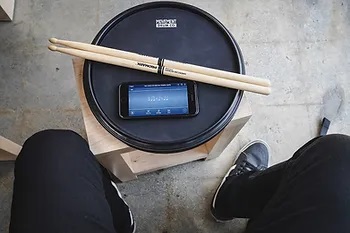
What is a Practice Pad? What Should I Practice on One?
A practice pad looks like a smaller, 2-D version of an actual drum. The base is made of some resilient material and instead of having a drumhead, this base is covered with a surface that offers a generous amount of rebound (like a rubbery compound) without the sound – making it easier for you to practice reasonably quietly on it.
The ultimate goal of working with a practice pad is to develop the speed, control, and technique needed while playing an actual drum kit. You’ll find that working regularly on rudiments on a pad ensures they become part of your drumming vocabulary while on the kit. If you’ve been working on, say, the single paradiddle, it becomes much easier to apply when you’re playing on a kit in the form of fills and grooves. It sounds counter-intuitive, but working regularly with a practice pad actually makes you more creative on the kit; the muscle-memory you build working with different rudiments and patterns on the pad expresses itself in new ways on the kit.
Practice pad work (especially with a metronome) helps improve arguably the most important quality that a drummer needs to have: timing. Always practice your singles, doubles, and other rudiments to a click – it will REALLY help you improve your timing and help you ‘lock in’ with the music when you’re playing on a kit too. Start off at a reasonable tempo and try your best to sync with the metronome. Once you’ve nailed the patterns at a certain tempo, you can start increasing it to work on speed – or even decreasing it so you really start to understand ‘groove’ and ‘pocket’ at various tempos.
Practice pads also come in very handy when you need to warm up in a pinch. If you’re playing a show, for example, practicing on a pad will help your hands warm up and get used to moving around before going on stage for the show. If you’re looking to get your feet involved too, you could consider buying a full-sized ‘practice pad kit’, which looks like a normal drum kit but replaces all the drums with pads. They’re great for practicing quietly, too.
If we had to pick one resource that will help you get the most out of your practice pad, it’s a book called Stick Control For the Snare Drummer by George Lawrence Stone. Despite being quite old, it’s been used by some of the greatest drummers across generations like Billy Cobham, Virgil Donati, Steve Gadd, Jojo Mayer and Steve Smith. Check it out (and be sure sure to include your old friend and worst enemy, the metronome)!
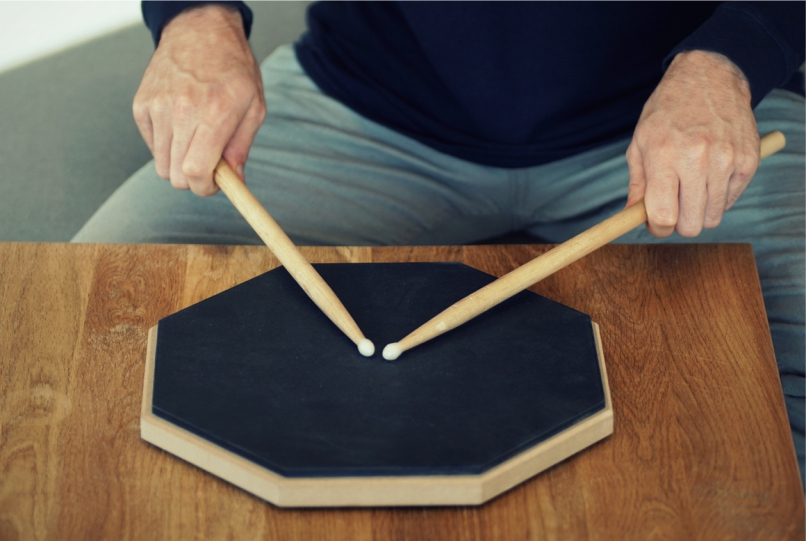
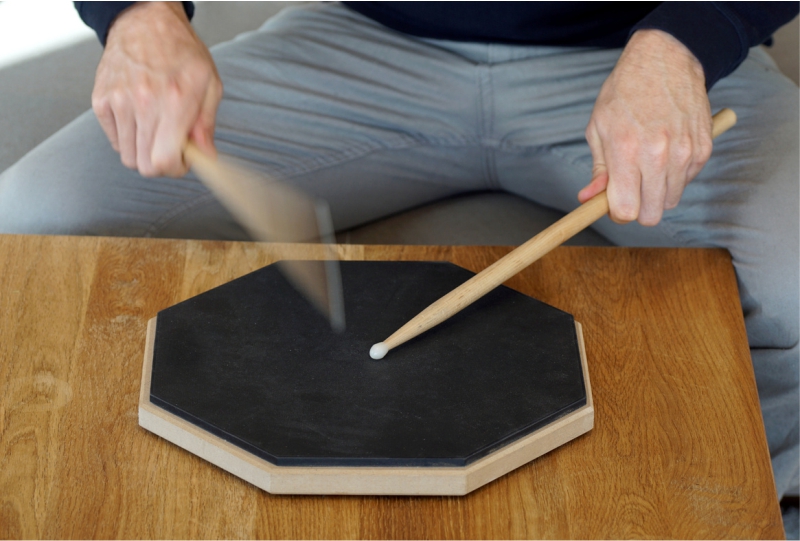
But What If I Don’t Have a Practice Pad?
Buy one (duh!). They’re cheap!
But you know what? it’s totally cool even if you don’t. The beauty of your drumsticks is that they can be used on pretty much any surface. Many drummers actually prefer practicing on a pillow instead of a pad. A pillow, or any softer surface, has much less rebound than a practice pad, so it forces you to really dig into your hand strength and use your fingers and wrists much more to execute double strokes or paradiddles on a pad. It doesn’t just have to be pillows, either: any surface that has a decent amount of rebound that you find lying around your house is good to practice on. You can even use your leg! Get too enthusiastic with this option though, and you might end up with some sore results.
Summing Up
Even though you may think practice pads keep you away from playing a kit, they actually help you become a better drummer. They help set up a strong foundation of technique, speed, control, and endurance. If you aren’t able to buy a practice pad, find a pillow that’s lying around or anything that has some degree of rebound when you play on it. Being able to find a balance between practicing on a pad and a kit is very important for any drummer. And hey, wouldn’t you want to get your control to a level where you’re able to practice on an EGG without breaking it? Don’t believe that it’s possible? Watch the video. The best way to refine your playing to that level is by using a practice pad, or any other surface you have available. So, get practicing! As for the eggs you’re forced to destroy on your journey – well, make an omelette, what?

